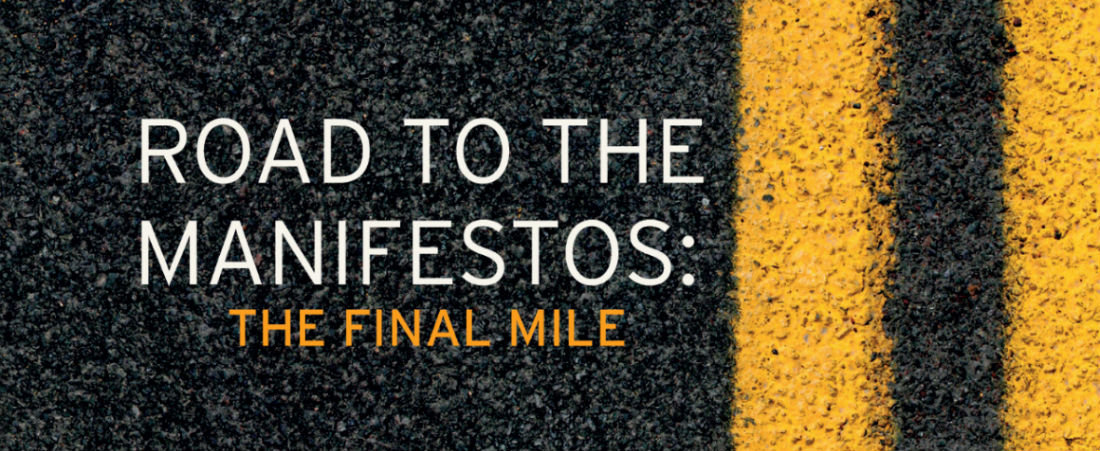In the run up to the 2010 election, Portland published its guide to the next five years. We called it Cameron’s Britain. We did so knowing that while events can always throw you, it was pretty clear who was going to be the next Prime Minister. And aside from a few days where nobody quite seemed to know what would happen next, we never worried very much about the title of our document.
Five years on, the future is very cloudy indeed. We could speculate what Cameron’s Britain might look like in 2020, or Miliband’s, or perhaps someone else. But predicting who will end 2015 as Prime Minister is not an easy call. The outcome in May is as uncertain as any election in living memory, save to say we may well have a second hung parliament in a row for the first time in more than a century. So those outside the Westminster negotiation rooms need to understand what the result might mean, how the parties will then behave and where a deal might be done to form a government. To help bring some clarity to the situation, we’ve worked with ComRes to flesh out seven post-election scenarios. Some are more likely than others, but each is possible. We have spent some time sketching out what they might mean for the parties and for policy. Our own James O’Shaughnessy was right at the centre of the negotiations last time. His account of the negotiations, published here for the first time, gives a view from the Conservative camp. The Liberal Democrats and Labour already have their authoritative versions in the public domain, in the words of Andrew Adonis and David Laws. We have rounded up here the key lessons to be drawn from their respective books (both worth a read and available in all fine bookshops…). Together these three give us about as comprehensive account of the coalition negotiations as you could want.
The question then is whether history will be repeated. To see what a fresh round of negotiations would look like, we have drawn some initial lessons about how the process might differ, before looking at some of the big issues up for discussion. We’ve then rounded up early indications from the parties as to their priorities and pledges, to give a feel for where the points of connection might happen, and where there will be differences to overcome. We’ve also taken a look at the people who will be involved. Finally, Portland’s Sam Sharps has sketched the scene in Whitehall during an election. All of this represents a handbook for anyone trying to make sense of the post-election period. For those looking to get the best outcomes after 2015, there is much more work to do.
If you want to be confident about what the next political year holds for you, you need to understand where you stand. But you also need to understand where politics is going and the people who will make a difference. Portland’s insight and understanding of the UK political scene is unparalleled. Our team, drawn from the highest levels of Westminster, Whitehall and Fleet Street, designs and implements communications programmes for businesses and organisations across all sectors of the economy.
During 2015 we will be working with clients to deliver the right results for them. If you would like to discuss how we see your situation, and how we might help, please get in touch.
We would be delighted to talk to you about how Portland can help you achieve those goals.
Road to the Manifestos: the Final Mile

